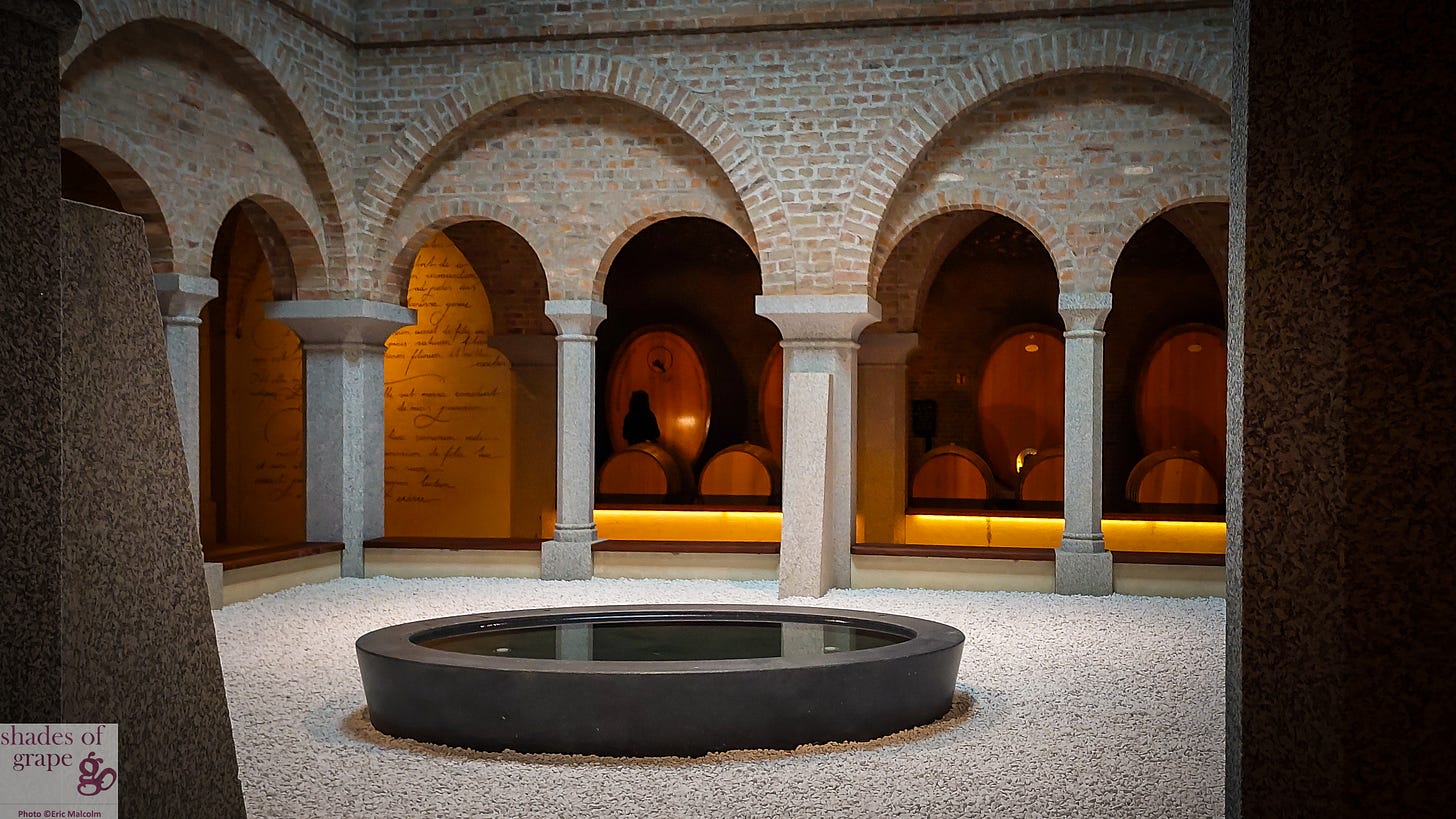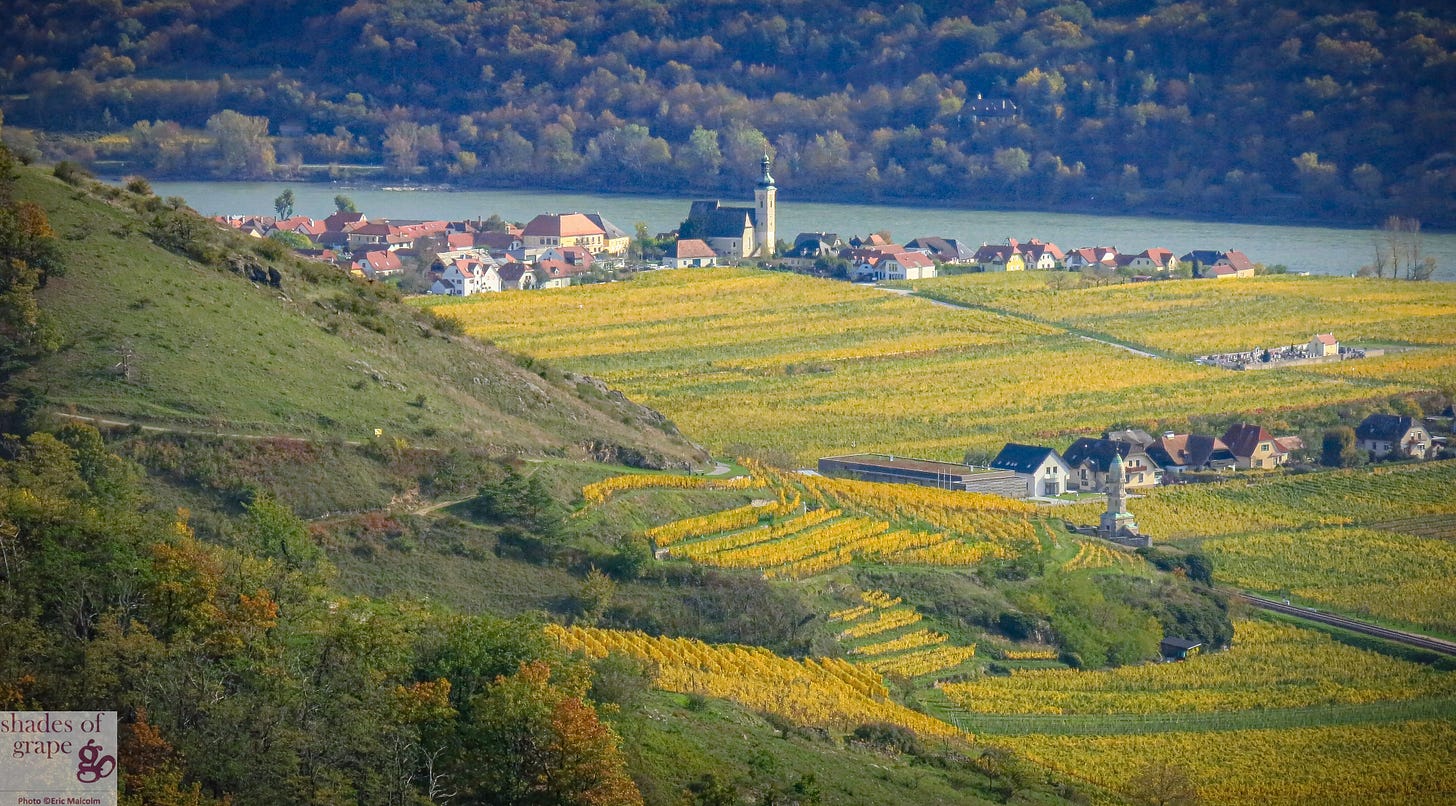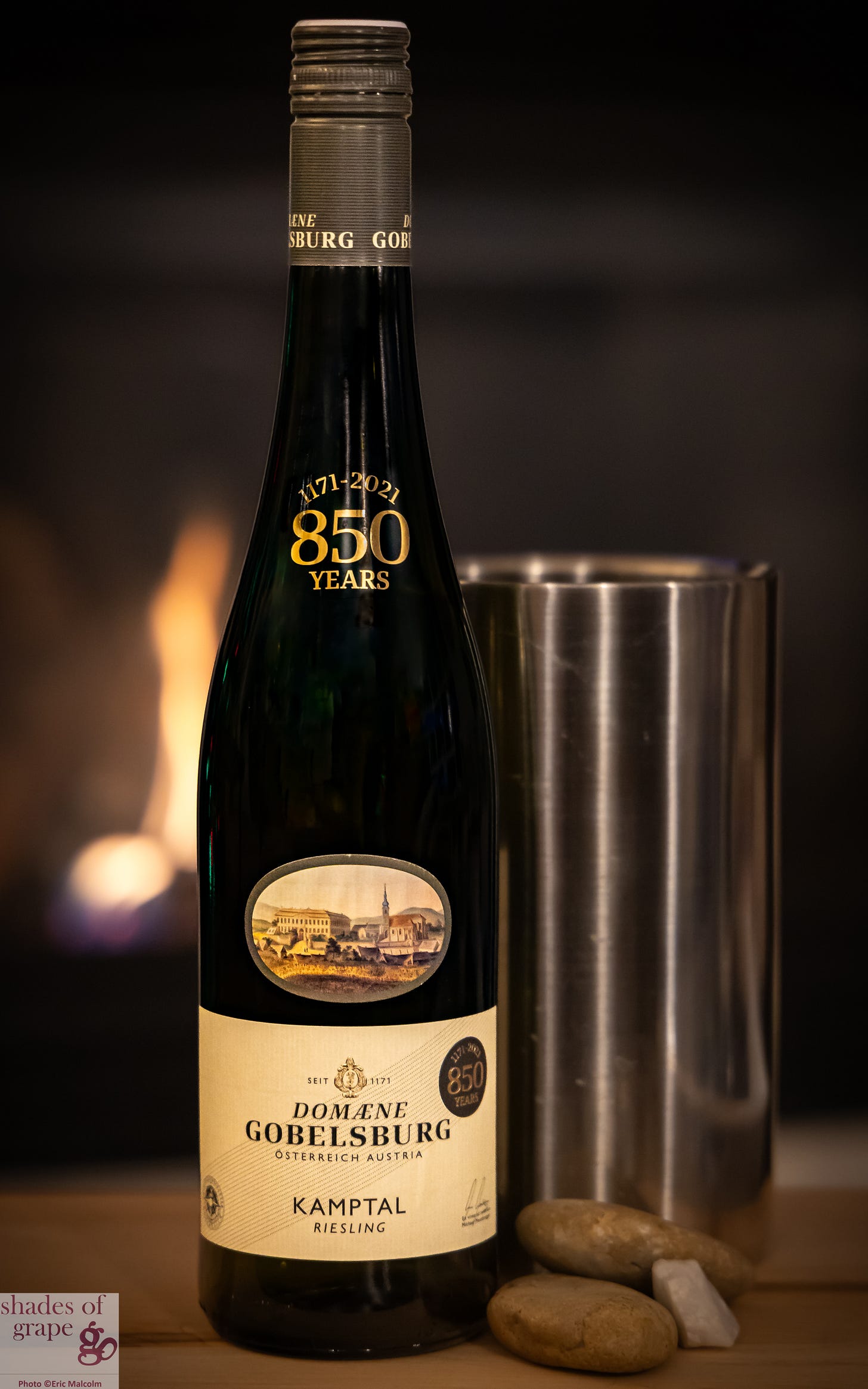Assessing Quality: Why Asking for My Favorite Wine Doesn’t Really Matter
-four elements to systematically assess wine quality - balance, length of finish, intensity, & complexity

Thanks to all the paid subscribers for their support! This funding helps cover the costs involved in creating these weekly articles!
Appreciate my wine recommendations? Enjoy my personal wine curation service? Find my wine writing valuable? Consider upgrading to a paid subscription! This helps me continue sharing the world of wine with you.
What is your favorite wine?
I never know what to say to that question. The truth is even if I had a favorite wine, it is irrelevant as I do not drink it regularly because I am always evaluating new wines.
And I kind of think … why do you care?
Let’s find YOUR favorite wine!
Your favorite wine will depend on your palate, your wine budget, and the particular situation you are drinking wine in (with or without food, celebration or everyday situation, etc.).
I am trained to assess wine quality impartially. Consequently, my personal taste takes the back seat.
How can your taste NOT come into play?
With a systematic approach that the Wine & Spirit Education Trust (WSET) put together called the Systemic Approach to Tasting (SAT).
The other thing that I have incorporated is assessing quality for the price. In other words, I have higher quality expectations at higher prices – as should you. I was excited about an Italian Super Tuscan I had before I left for Christmas break, but when I was at Cork today and saw the price tag I thought to myself …. Oh, it has just fallen in my overall assessment as it is too expensive for the quality on the Alberta market. This is why my retail experience has been so beneficial to me.
This is ultimately where I can add the most value to you! I recommend wines that I think are an appropriate cost, or ideally, at a very good cost for the quality.
Okay so how do you evaluate quality with this SAT?
We typically use 4 factors: Balance, Length of Finish, Intensity/Concentration, and Complexity.
That doesn’t mean much to me.
Balance: For clarity, it’s easier to provide examples of how a wine can lack of balance. If the alcohol really stands out, giving a boozy feel, this means the alcohol is out of balance with the flavor intensity. If the wine is cloying, it lacks acidity in relation to the residual sugar. If it only tastes of wood, then the oak treatment used during winemaking has left the wine out of balance with the other flavor profiles, fruit flavors intensity in particular.
Finish: This relates to how long the positive flavors linger on your palate. Lower quality wines will have flavors that last only a few seconds before fading to nothing, or showing unfavorable flavors. An outstanding quality wine will have pleasant and potentially very precise flavors lingering for many minutes.
Intensity/Concentration: This relates to the “volume” of aromas and flavors. Some wines have very subtle aromas and flavors. You really must search to perceive anything. An outstanding quality wine will have a higher concentration which will make the flavors and aromas easily detectable while still being in balance with the style and structure of the wine.
Complexity: If a wine only tastes of one flavor (i.e. lemon) then it is not complex. If the wine tastes of various citrus ‘components’ - lemon curd, lemon zest, lemon meringue, lime - then it can be considered complex. The most complex wines will have various fruit families (i.e. citrus, green fruit, red fruit), winemaking flavors (i.e. cinnamon, cream, cedar, butter), and bottle ageing notes (i.e. ginger, honey, dried cherry).
These factors are summarized with the acronym BLIC. This is used to rate the wine as: Poor, Acceptable, Good, Very Good, or Outstanding.

A country that decided to shift to focus on quality is Austria. The catalyst was the diethylene glycol scandal of the 1980s that devastated the Austrian wine market.
What, who, huh? Sounds juicy!
A handful of dodgy producers added the highly viscous diethylene glycol to provide an unctuous texture to dessert wines.
Consumers were therefore left with a ‘bad taste in their mouth!’ Ha ha – get the pun?
(eye roll)
After this scandal, the Austrian Wine Marketing Board started a campaign to rebuild the reputation and regain the consumer’s trust. This meant the implementation of stringent quality standards.
The Austrian state of Niederösterreich (Lower Austria) is one of four main wine producing states. Its vineyards planted along the Danube River and its tributaries upstream of Vienna are known for growing Grüner Veltliner and Riesling grapes.
The featured wine is one of very good to outstanding quality. The producer’s winery, dating back to 1171, is one of the oldest wineries in the Austrian Danube area. Schloss Gobelsburg (schloss means castle in German) was founded by the Cistercian monks of the Zwettl monastery. In 1995, the monastery leased out the vineyards and winery due to the ageing population within their monastic community. The monastery is however still involved at a higher level and plan to take over once again within the next century or so.
Wow, talk about long term planning! I guess if you have already been in business 850 years …
They specialize in the Grüner Veltliner and Riesling grapes with their vineyards located on slopes and terraces along the river Kamp. Named after the river, the Kamptal wine sub-region has large variation in daytime versus nighttime temperatures. This type of temperature variation is called a diurnal range. Large diurnal ranges allow grapes to retain acidity.
Wine with higher levels of acidity pair wonderfully with food. For this reason, Austrian wines pair extremely well with food, which is by design as Austrian wine culture is inextricably linked to food!
Yum! I am inextricably linked to food too! It’s a match!
Enjoying my recommendations? Consider upgrading to a paid subscription.
Domaene Gobelsburg Riesling 2020 from Kamptal, Niederösterreich (Lower Austria)
Style: Old world style aromatic white
Varieties: Riesling
This fresh wine has pronounced intensity and precise fruit flavors of lemon curd, lemon zest, lemon meringue, key lime, green apple, apple juice, under-ripe peach, with the added complexity of white blossom, wet stone, custard, and cream. This wine has a round and creamy texture with a medium body and a long finish.
Best pairings: Grilled or poached white fish with a light citrus sauce, Lemon chicken, Asparagus risotto with citrus accents, Quinoa or Green salad with citrus dressing, Soft cheese: mild goat cheese and fresh ricotta.
Serving Temperature: 8-10 degrees Celsius
Serving Tips: Enjoy! No decanting necessary.
Price: ~$30 Cdn
Apologies: I have had technical difficulties with my compilation - please stay tuned. I have compiled all my wine recommendations in one place. I will do my best to keep this up to date. I also include the link(s) to the article in which the wine was featured.
Like what you are reading? Click on the ❤ to let me know it resonated with you!
SOURCES:
Harding, J. and Robinson, J. (2023) The oxford companion to wine. Oxford, United Kingdom: Oxford University Press.
Kamptal (no date) Kamptal " Österreichische Traditionsweingüter. Available at: https://www.traditionsweingueter.at/en/vineyard-map/kamptal/#regionen (Accessed: 07 January 2025).
Kamptal Grüner Veltliner & Riesling, millions of years young (no date) Austrian wine. The art of wine. down to earth. Available at: https://www.austrianwine.com/our-wine/winegrowing-regions/niederoesterreich-lower-austria/kamptal (Accessed: 07 January 2025).
Kamptal: Riesling (2024) gobelsburg.at. Available at: https://shop.gobelsburg.at/en/product/kamptal-dac-riesling-domaene/ (Accessed: 07 January 2025).
MacNeil, K. (2022) The wine bible. New York, NY: Workman Publishing.
Maps (no date) Austrian wine. The art of wine. down to earth. Available at: https://www.austrianwine.com/press-media/maps (Accessed: 07 January 2025).
Wine & Spirit Education Trust (2021) D3: Wines of the World - An accompaniment to the WSET Level 4 Diploma in Wines. Version 1.2. London: Wine & Spirit Education Trust.



